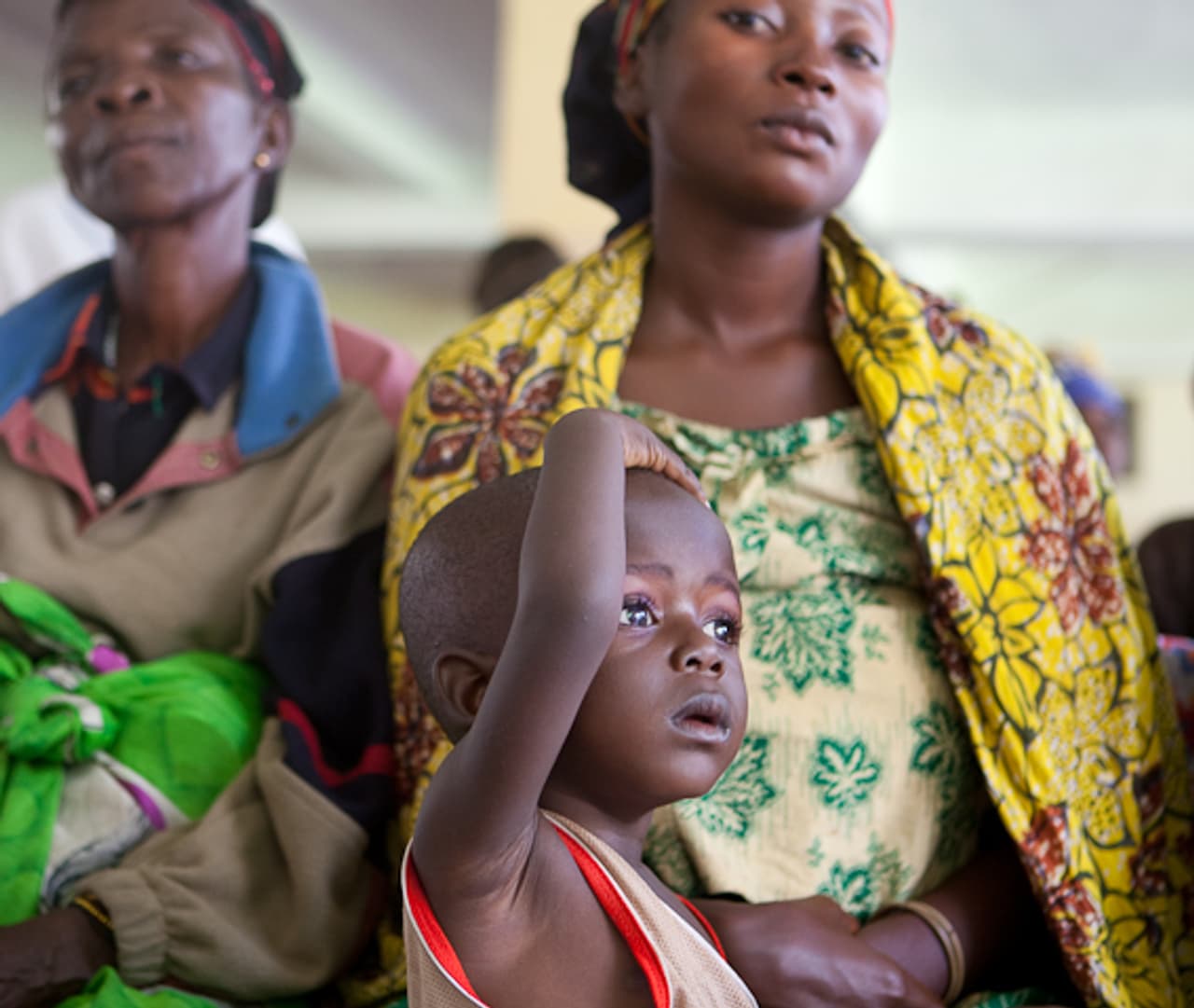
Bureau recommends: questioning war rape statistics
Reports on the shocking levels of sexual violence perpetrated amid the world’s war zones regularly make international headlines, but an article in Foreign Affairs casts doubt on how much we really know about the true extent of these crimes.
Recent reports that Libyan leader Muammar al-Qaddafi gave his troops Viagra to encourage them to rape hundreds if not thousands of victims, made headlines across the world. Yet according to Foreign Affairs, Amnesty International ‘has been unable to locate a single rape victim, or even anyone who knows a victim’.
Meanwhile, the American Journal of Public Health has produced a study suggesting rape in the Democratic republic of Congo is 26 times the U.N.’s official count. What then are readers to make of such wildly varying estimates?
Foreign Affairs argues that in truth most statistics on rape during war — clouded by a whole range of obstacles to gathering accurate information — are ‘little more than educated guesswork’.
The authors continue: ‘Yet some of the world’s most trusted international news sources have cited as fact statistics that are implausible on their face. A 2002 BBC article, citing an advocacy organization, stated that ‘a girl born in South Africa will have a greater chance of being raped than learning how to read.’
‘It is true that South Africa has one of the highest rates of sexual violence in the world, but it is almost certainly not true that the rape rate surpasses 97.5 percent, which is the U.N. estimate for literacy among females aged 15 to 24 in South Africa.’
The article argues that measures to tackle this most appalling of crimes should be founded on rigorous analysis of accurate information. But there may also be even darker consequences to over-reporting, the authors say.
Amplified statistics ‘may attract the attention of an otherwise apathetic public, but they may also endanger future victims of rape. Will anyone care if ‘only’ five percent of women get raped in the next civil war?’




